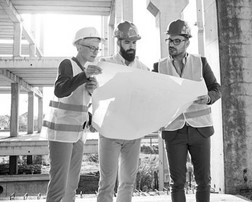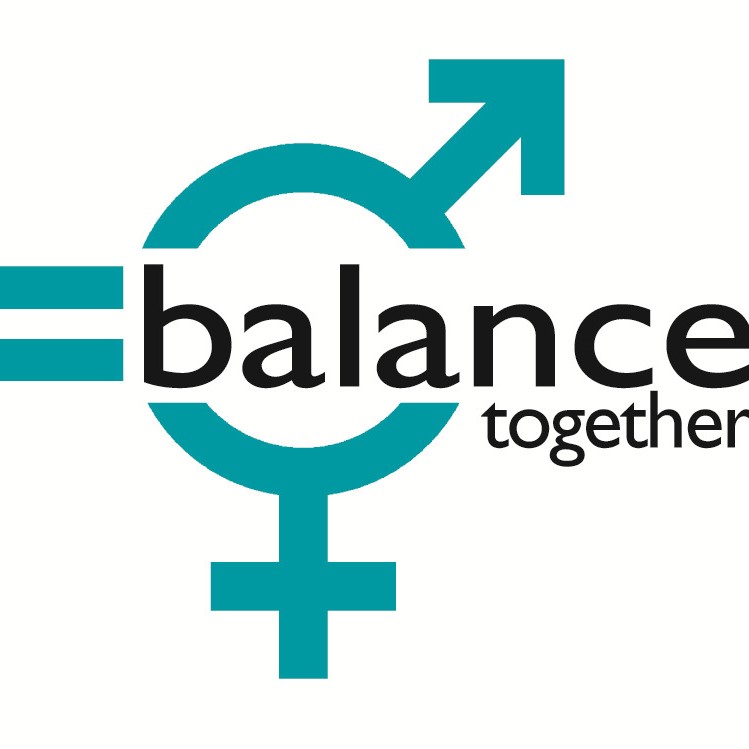A call out to women working in the rail industry

When it comes to improving the gender-balance in the rail industry, no-one could say there are not enough initiatives happening, great ideas being implemented, and specialist development opportunities happening for women. It doesn’t matter how impressive the list, or the take-up numbers, or the positive feedback, or even if you feel like you are doing the right things; if you’re not getting the right results or you don’t know what results you are looking for, then you could be a ‘Busy Fool’!
We know we need to do something
Let’s take a simple example; 74% of Site Engineers in your organisation are men, and you feel there is a need to level this up. You get together, consider your likely audience, and come up with some great solutions:
- A support network for women in similar roles
- A personal development leadership programme for women
- A Mentoring Scheme
- A Menopause and Period Dignity initiative
- A budget for Site Engineers to make local environmental improvements
Without a doubt, all the above are likely to have a positive impact, but will they shift the % of women Site Engineers, and will they provide an ongoing pipeline of talent. What is really preventing women from becoming Site Engineers?

Whether delivering an improvement on 26% is a realistic goal, is not the purpose here. What is important is to know what is getting in the way of achieving more female Site Engineers. To work strategically we believe in a plan, quantitative data, predominantly derived from an external source and qualitative information, to clarify or question the quantitative statistics and provide a clear FOCUS.
Here are just some of the things that stand in the way of gender-balance in organisations. How many are getting in the way, in your organisation?
- Recruiting managers with a ‘Replacement’ approach; seeking a ‘like for like’ substitute
- Lack of flexibility in the role
- A mindset that ‘women can’t’ or ‘women won’t want to’…
- A performance review system where women receive more critical feedback based on their gender
- No clear succession plans
- Inappropriate behaviour or remarks based on gender
- Gender-biased adverts
- Lack of support for parent returners
- Lack of female role models
- A ‘macho’ environment
- Inadequate female facilities
- Promotions are biased in favour of men
- Insufficient strategic intent to achieve better gender-balance from the top?
The list goes on and is extensive ….!
The Chartered Institute of Personnel and Development (CIPD) warned that “organisations are unlikely to perform well in the long term unless decisions taken at a board and executive management level are informed by an in-depth and evidence-based understanding of the value and risk their workforce poses.”
This is one of the key reasons it’s easy to find ourselves running around like headless chickens, from one initiative to the next, not fully understanding what needs fixing.
Working strategically – the plan
Focus
As Steven Covey coined it, “Begin with the end in mind.” He was also an advocate of setting SMART goals, rather than more vague aims like ‘increasing the total number of women in rail’. It’s better to understand the benefits of a more balanced workforce and decide strategically where to start.
Here are a few questions to help create a ‘Burning Platform’ for gender-balance:
- Will it encourage more women?
- Will it improve the bottom line?
- Will it slow down attrition or increase talent?
- Will it make projects run more efficiently?
- Will it increase customer and/or employee satisfaction?
- Will increasing the number of women at entry level make a real difference, or do you need role models in place simultaneously all the way through your female talent pipeline?
Avoiding the scattergun approach!
Data is the best informer of what will work, so base all solutions on the best data.
The CIPD also found in their survey last year, that 30% of respondents said the people information they receive did not give them the ‘full picture’.
A simple approach to getting the right data with the full picture, is to use a good diagnostic tool, combined with targeted focus groups and one to one interviews to deep-dive.

Take a deep breath, this could be a bit scary…
The great news is now you know what needs to be done and you know you are good at creating solutions.
You know where you want to go and you know where you are starting from, so be sure to put some milestones in place, check and review the solution is still on track, excuse the pun! Consider how you will know whether you are making progress and make this data-informed too; ask your People team to keep you updated on key metrics.
And don’t forget to celebrate your wins, keep moving forward and share with your colleagues.
Get in touch today!
Karen - 07766 405 773
Chris - 07976 212 981
Email - enquiries@balancetogether.co.uk
Realise the benefits of better gender-balance and don't get left behind.
